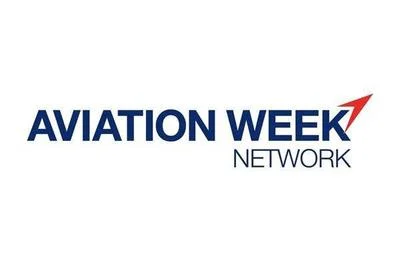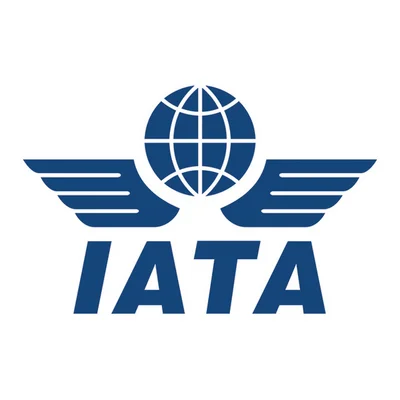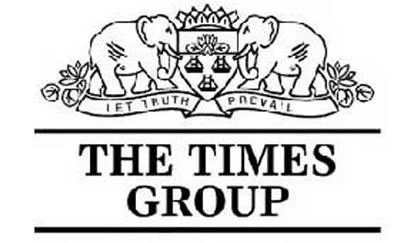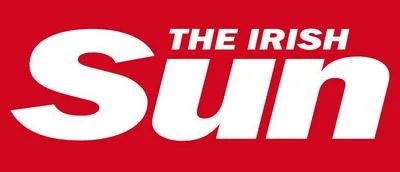Commercial aircraft are categorized using alphanumeric codes defined by the International Air Transport Association (IATA) and the International Civil Aviation Organization (ICAO). These codes help designate aircraft types and modifications, and are essential for air traffic control, flight planning, and airline management systems. The ICAO codes are predominantly referenced in aviation databases like Cirium and Flightradar24 and emphasize performance characteristics relevant to air traffic control operations.
ICAO aircraft codes typically start with a manufacturer-specific letter, followed by numeric representations of the aircraft type and subtype. For example, the ICAO designation for the Boeing 737-200 is 'B732'. In contrast, IATA codes, defined in the 'Appendix A of the Standard Schedules Information Manual' (SSIM), focus on distinguishing aircraft types based on commercial attributes like size and interior configuration, without indicating manufacturer details. For instance, the Boeing 737-200 is represented in IATA simply as '732'.
The two systems underscore differences in code designation practices. While ICAO codes indicate manufacturer with an initial letter, IATA codes use numeric identifiers without any prefix. Specific cases display this contrast: the Boeing 787-8 uses ICAO code 'B788' and IATA code '788'; the Airbus A321 maintains 'A321' (ICAO) but '321' in IATA, with further modifications such as the A321 with sharklets labeled '32B'.
 Alerts Sign-up
Alerts Sign-up




































